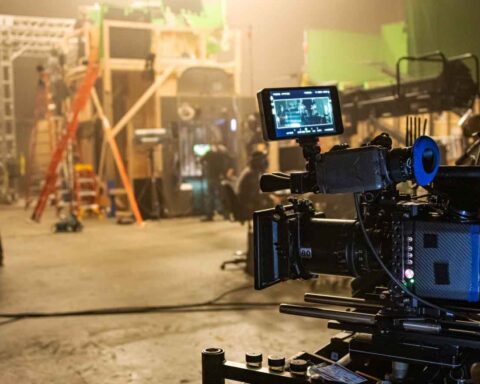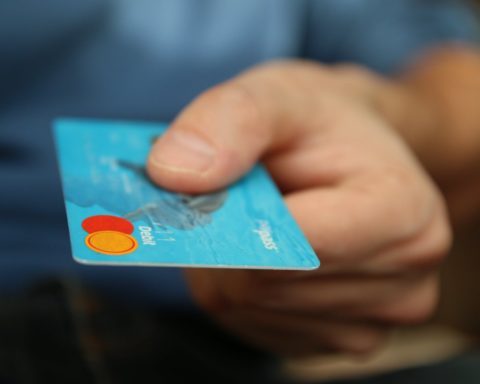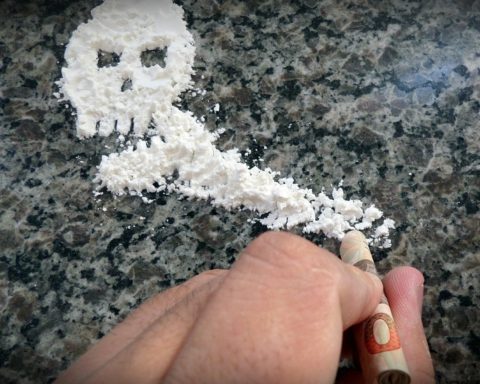Over the years I have seen hundreds, maybe even thousands, of petty cash envelopes. In some cases they are reconciled correctly to the penny and in other cases they are reconciled badly and actually short crew money that there are due. I will typically make an adjustment to an envelope if it benefits the employee to make their petty cash correct so they’re not shorted, but that may not be the case with everybody working in my profession.
The best way to reconcile your petty cash is to go through all your receipts and start by adding up the value of all the receipts that you will be putting into an envelope. Then tape the receipts onto 8.5” x 11” paper so they can be put inside a PC envelope. After this you have to run a total of all the receipts one more time, write that total on the first and the last page of the stack you have created.
Then go to the face of the envelope and write up each receipt. Repeat the same process of calculating the total value of all the receipts that you have put in the grid and write the total at the bottom of the envelope where it says Total Receipts (of something like it) – you are totaling the face of the envelope .
Then compare the amount on face of the envelope with the amount that you have written on the first and last page of the taped up detail. They should match. If they do not, you will have to go thru each receipt again and compare the transcribed total of each receipt with the total on the detail that you taped up. This should help you figure out where the error was when transcribing the amount.
Sometimes, crew members may erroneously pick up the wrong value from a receipt. They may accidentally write the change total and not the actual total of whatever they purchased. For example, crew might spend $15.95 with some vendor by giving the vendor $20, and received $4.05 as change. The receipt for this transaction will have $4.05 written at the bottom but the crew member mistakenly wrote $4.05 (the change) instead of $15.95 which is the actual amount they spent.
So, running the total on the inside (the taped up receipts) and then the face of the envelope to make sure they are equal allows you to double check whether you’ve collected the right information off of the receipts. There’s a lot of detail and people sometimes pick up the wrong amount. So we add the inside and the outside to make sure they are the same and if they are not we will reconcile any differences by adjusting the face of the envelope to make sure the taped up receipts match the face. Remember, the backup provided is the only detail the IRS will allow as proof of what has been spent.
Another way to process petty cash is to do it digitally using software where you scan the receipt, enter the key data points (date, amount, to who, for what), then let the software build the envelope face and inside detail for taping so you don’t have to add up both the envelope and backup.
The four data points get entered into the software to generate a petty cash envelope. We have a software package, the F3, that does that for you – you can take a picture of or scan your receipts and upload them into the system. You can also add the Data Processing Center that will do the data entry for you in the background. We enter the key points (date, amount, paid to who), we can’t enter the purpose of the spend with 100% accuracy, but we can make a good guess based on what’s on the receipt. So, we suggest you do the For What yourself or at least review stick with what we have provided.
You’ll then select which receipts you want to include on an envelope, create the envelope and then submit it to accounting or print it so that you have a copy of the face of the envelope and the contents that gives you a road map of where the individual receipts get taped up on what piece of paper.
Here’s a link to that service so you can see how it works with either just the software or with the software and the Data Processing Center, doing the entry for you in the background.
If you use the Petty Cash Module in the F3, you won’t ever fill out another petty cash envelope and you will never run a calculator across any of it. It gets created and formatted in a standard industry PC envelope form for you.
To summarize; there are two steps to reconcile your petty cash envelope:
1. Run the inside and run the outside totals to make sure they match, and;
2. Find a piece of software to do most of the the work for you
Closing Your Petty Cash Float
At the end of a show, we need to turn in receipts and cash that total our original float amount. If you have no idea how much you have to turn in to the accounting office, simply ask for a ledger of your PC account from accounting.
There are many reasons you might not be sure of how much you are responsible for turning in to accounting. It could be that receipts were taken off the petty cash envelopes that you’ve turned in previously, or maybe there’s a charge you didn’t get reimbursed. it doesn’t happen very often, but ides happen once in a while.
The way to the sort it out is, first, make sure that you know what your total is. Let’s say you receive $550 as petty cash, you turn in an envelope of $550 and $550 gets returned to you. That $550 they handed you is how much you have to turn in when the show is done.
If all of your envelopes were turned in and turned around, then it is unlikely that your float will have changed. In other words, if you were given $1,000 in petty cash, you turn in an envelope for $550, and you were given back $550, then your float is still $1,000. So, you will be responsible for turning in receipts and cash that are collectively worth $1,000.








